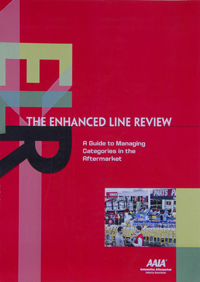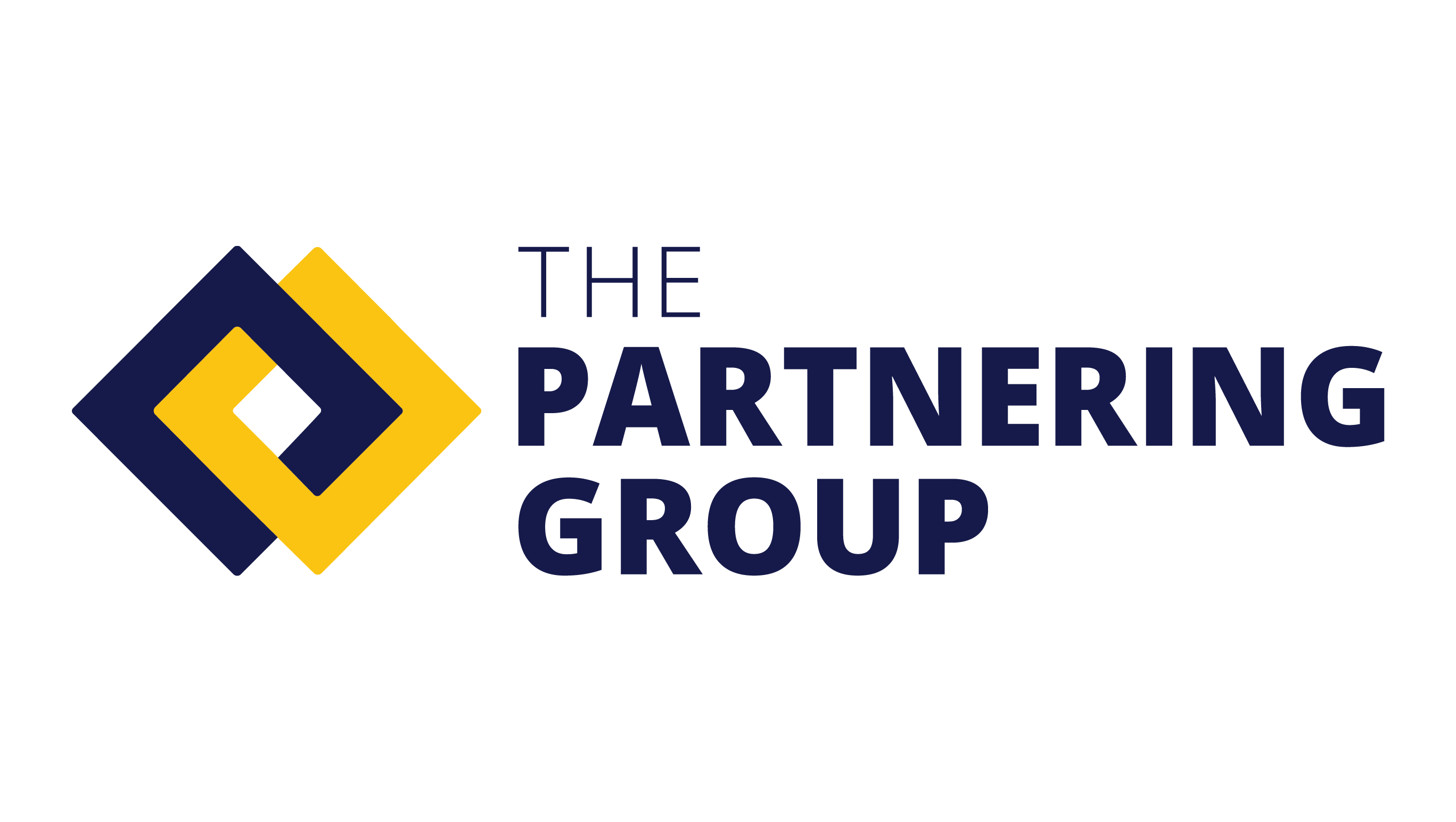- January 4, 2012
- Posted by: tpgstaging
- Category: reports

Price: Complementary
[button size=”medium” color=”black” link=”/order-now-free-publications/”]Order Now[/button]
 The Enhanced Line Review- Hard Parts was developed by The Partnering Group working with the Automotive Aftermarket Industry Association (AAIA) Enhanced Line Review Workgroup and was sponsored by AAIA.
The Enhanced Line Review- Hard Parts was developed by The Partnering Group working with the Automotive Aftermarket Industry Association (AAIA) Enhanced Line Review Workgroup and was sponsored by AAIA.
To say that the application parts business is a challenge to manage for both suppliers and distributors is an understatement! A huge number of applications (currently 40,000 unique vehicle platforms and 215,000,000 passenger cars and light-trucks in the United States alone) is driving high inventory investments. In addition, a large number of relatively small retail/jobber auto parts outlets selling to the final consumer, limited market data at the application level, and major consumer service challenges are leading to significant product returns in many categories. However, other trade channels have many of the same challenges and are finding ways to improve management of the business. For example:
– Book/Media Entertainment (Borders/Barnes & Noble, et. al.)
200,000 SKUs per store
Continuous new items coming to market
Need deep assortment “to be a book store” – yet consumer expectations on availability vary, especially on specialty items
25 percent returns to suppliers
Internet Sales
– Home Improvement (Home Depot, Lowes, et. al.)
250,000 SKUs per store
Trained in-store service professionals
Limited number of suppliers in a category
Need deep assortment “to be a home center”
Commercial and retail from same location
Where are new DIYers coming from?
Application parts have all of these issues. A key first step for application parts business planning is to change the mindset that – “we are unique”. This will open the practitioner to see beyond the way things have always been done and help do the two things critical for the industry – sell more parts and lower inventory investments.
Key Definitions
Distributor – Any wholesaler, jobber, or retailer in the supply chain who sells products to a customer or consumer
Customer – The individual or company that purchases products from a distributor. The “customer” can be a jobber, a parts store, an installer, or a retailer in the case of a wholesaler; a parts store, an installer or DIY consumer in the case of a jobber; or a commercial installer or DIY consumer in the case of a retailer
Consumer – The individual or company that owner and/or the person responsible for making the decisions to do maintenance or to make the repair. The “consumer” can be the DIYer who buys from a retailer or jobber or directly from a traditional distributor; the DIFMer who goes to the installer for maintenance or repair and has the installer make the decision on what brand/quality part goes on the DIFMer vehicle, the DIFMer who selects the brand/quality of the part installed by the installer, the fleet manager who buys parts for the fleet, etc. By using this definition of consumer, we can more clearly focus on the issues on DIY versus DIFM, underperformed maintenance (why people are not coming to the aftermarket as a whole – DIY or DIFM). NOTE: This is not necessarily the person who throws the box away
We will address the issues relating to the predominant practice of DIFMers leaving the brand/quality decision to the installer and the needs of the installer separately. Distributors who deal with installers and who neglect the opportunity to help those installers sell higher value products to consumers may be missing important opportunities. Similarly, many suppliers spend marketing time and effort to attract DIFM consumers to their products – to be purchased at installers. While most DIFMers leave product selections up to their installers, there are still significant opportunities to influence higher sales and profit.
To obtain a copy of the full report or learn more, contact The Partnering Group email at generalinfo@tpg-mail.com.
